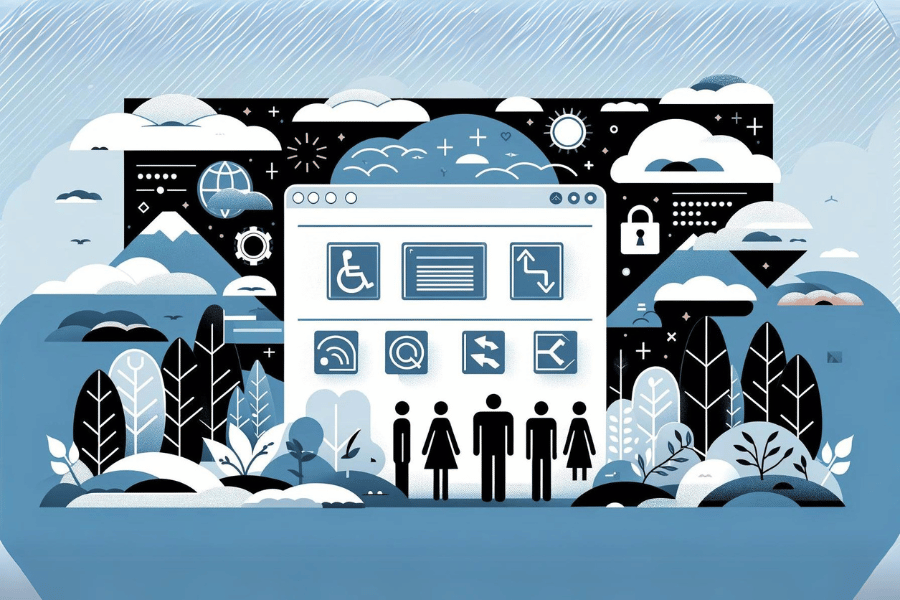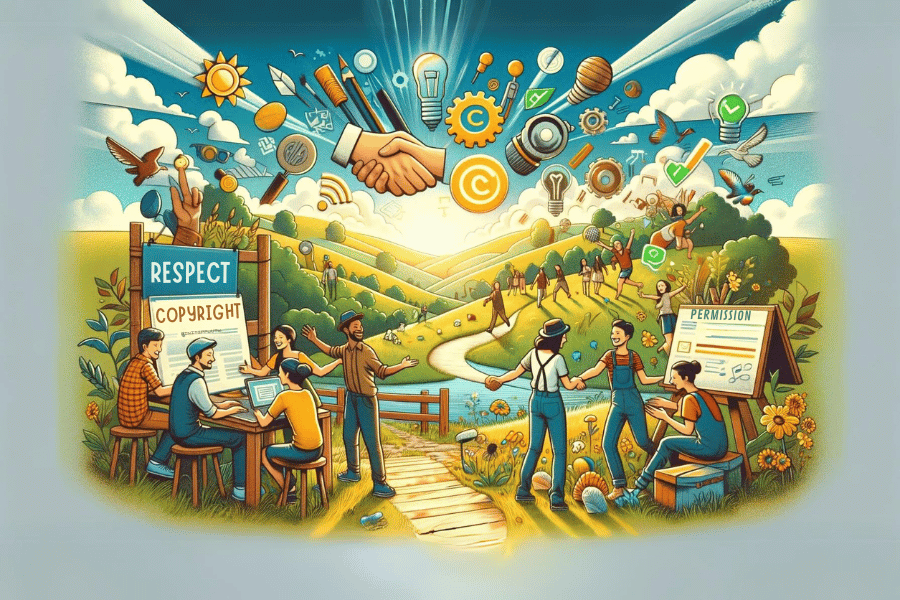There are many things to keep in mind when designing your website, but ethics may not be one that immediately comes to mind. However, it’s vitally important to ensure that your site is built ethically — both to safeguard your organisation’s reputation and to help ensure compliance with various laws.
So we’ve put together a few basic principles that we believe are crucial for all not-for-profit websites to follow to ensure that they are behaving ethically online.

Accessibility
Making your site accessible and usable to visitors with varying degrees of ability or technological knowledge is essential on a number of levels. It’s required by law in many parts of the world (including Australia), not to mention that it makes sense from a logical perspective – the more people who can easily use your site, the larger your potential donor base becomes.
We’ve written more extensively on accessibility previously – want to know more? Check out our tips on making your not-for-profit site more accessible.

Avoid “Dark Patterns”
Dark (or deceptive) patterns are user interface elements designed to trick users, usually in order to increase the amount of money they are spending (or giving). This has been common on certain types of ecommerce sites for a number of years, but in recent times we’ve started to see them crop up on charity websites too.
For example:
- A donation form that automatically defaults to a recurring (e.g. monthly) gift rather than one-off without making it very clear to the donor that is the case and providing a simple way for them to change it.
- Automatically signing people up to a mailing list following a donation without warning them beforehand (and giving them the ability to opt-out).
- Making it very easy for donors to sign up for recurring donations but much more difficult to stop them.
- Using emotionally charged language to try and shame users into giving.
In many cases these patterns are due to an unhealthy focus on “business” metrics such as the number of new subscribers or the amount of money coming in. And they may appear to work, at least in the short term, however they will almost always result in long-term harm to your organisation’s reputation.

Value User Privacy
As a not-for-profit, it can be tempting to try and collect as much information on your donors and supporters as you possibly can. While this is understandable, asking for too much – especially too early in the relationship – can be a big red flag for a lot of people. Finding a balance between respecting people’s privacy and obtaining enough information to continue engaging with them is important. Clearly explaining why you ask for particular details can help assuage concerns in this area – for example if you want someone’s address so you can let them know when you’re running an event in their area, then tell them that.
Closely related is making sure that you protect the information you do collect. Ensuring that all of your systems are secure and that only those who really need access to it can do so are essential both legally and ethically.

Respect Copyright and Intellectual Property
Being seen to be doing the right thing is important for any organisation, but not-for-profits perhaps even more so than others. As a not-for-profit your reputation is everything, so if people think you’re stealing other people’s work the cost could be huge – even if you aren’t subject to legal action.
While it can be tempting to just grab and reuse any image you happen to come across that you feel fits your brand, you need to ensure that you have the correct permissions to do so. There are numerous services available which allow you to find and download images, videos and more which have been explicitly made available for use freely, but you still need to ensure you are complying with the relevant licence. Some may be available for any purpose, but others will require attribution to the original creator or may have other restrictions on their use. Unsplash is our go-to in this space – all of their photos are provided completely free of charge and require no attribution.
In short, if you use anything created by others on your site – whether it be images, videos, text or something else – you need to make sure that you are adhering to the terms under which they have made it available to you.

Promote Diversity and Inclusion
DEI (Diversity, Equity and Inclusion) is a hot topic in business and big strides have been made in many areas in recent years (though there’s still a long way to go). While you hopefully already consider DEI in your hiring practices and the way you serve your constituents, your website also needs to reflect that commitment. Some ways you can do this could include:
- Using photos that show people of various ages, ethnicities and socio-economic backgrounds
- Using inclusive language
- Including a dedicated page to DEI on your site that explains how you take it into account in your “offline” practices
- Demonstrating your commitment to DEI by showing the diversity in your team with photos and bios
Do you think we’ve missed anything? Do you disagree with any of our recommendations? We’d love to hear your opinion.
